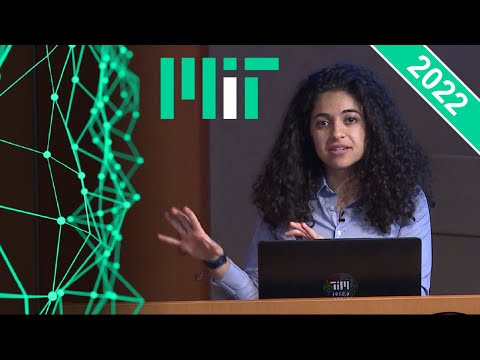Description:
Save Big on Coursera Plus. 7,000+ courses at $160 off. Limited Time Only!
Grab it
Explore deep generative modeling in this comprehensive lecture from MIT's Introduction to Deep Learning course. Dive into the differences between supervised and unsupervised learning, understand the goals and applications of generative models, and learn about key concepts such as latent variables, autoencoders, and Variational Autoencoders (VAEs). Discover the intuition behind Generative Adversarial Networks (GANs), their training process, and their applications in image synthesis and paired translation. Gain insights into debiasing, outlier detection, and distribution transformations using these powerful deep learning techniques.

Deep Generative Modeling
Add to list
#Computer Science
#Artificial Intelligence
#Neural Networks
#Generative Adversarial Networks (GAN)
#Machine Learning
#Supervised Learning
#Unsupervised Learning
#Deep Learning
#Image Synthesis
#Autoencoders
#Generative AI
#Generative Modeling